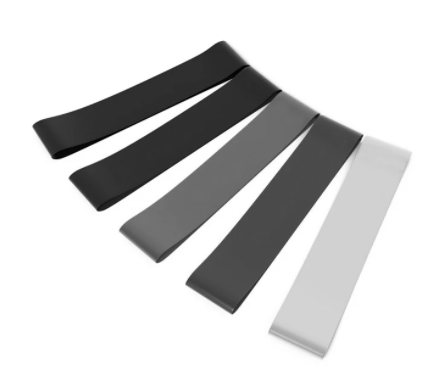Elastic resistance has been used for over 100 years. As part of the growing physical culture movement that became popular in the second half of the 19th century, heavy rubber bands, springs and other portable resistance devices became popular. This was in an age before modern gymnasiums, and people rarely exercised at home.
The Swiss American inventor Gustav Gossweiler produced a patented ‘chest expander’ in the 1890s, but it was perhaps Eugene Sandow — one of the instigators of the bodybuilding movement — who popularised forms of (cable) resistance in the early 1900s.
For much of the physiotherapy profession’s history, resistance to movement exercise was either done with weights or with springs and slings, but the development of cheap, brightly coloured, convenient and marketable therapeutic elastic bands in the 1990s overtook the use of springs and coils. These are mainly used today either in place of, or to complement, resistance training involving heavy weights. Their portability helps their case, and the fact that they come in different pre-set tensions/resistance levels helped physiotherapists standardise and document training programmes and patient progress. Therapeutic bands are now ubiquitous in physiotherapy departments throughout the world.
Description provided by Fiona Jenkins of Wales and David Nicholls of New Zealand.
References:
Heffernen C. 2017. The history of resistance bands. Physical Culture Study. Accessed online at https://physicalculturestudy.com/2017/12/11/the-history-of-resistance-bands/

